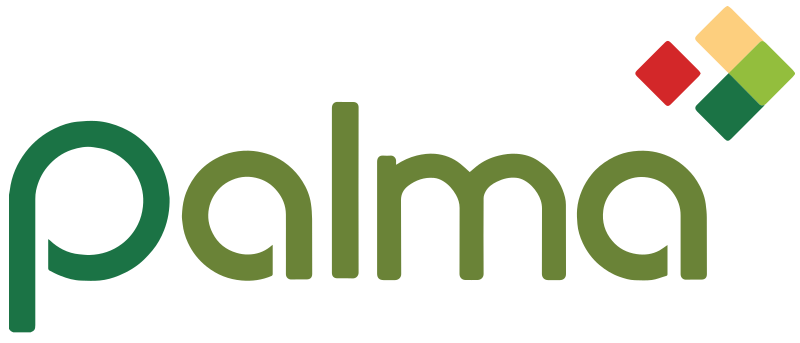In some of our recent newsletters, you found a checklist with 14 tax planning ideas for the self-employed. The ideas expressed were simply one-liners.
In the table below, you will find some of the nuts and bolts of implementing those tax planning strategies.
Strategy:
1-Eliminate the word “friend” from your vocabulary. These people are sources of business from now on, so start talking business and asking for referrals over meals and beverages.
2-Hire your children. This creates tax deductions for you, and it creates non-taxable or very-low-taxed income for the children. Also, wages paid by parents to children are exempt from payroll taxes.
3-Learn how to combine business and personal trips so that the personal side of your trip becomes part of your business deduction under the travel rules (for example, traveling by cruise ship to a convention on St. Thomas).
4-Properly classify business expansion expenses as immediate tax deductions rather than depreciable, amortizable, or (ouch!) nondeductible capital costs.
5-Properly identify deductible start-up expenses ($5,000 upfront and the balance amortized) rather than letting them fall by the wayside (a common oversight).
6-Correctly classify business meals that qualify for the 100 percent deduction rather than the 50 percent deduction.
7-Know the entertainment facility rules so your vacation home can become a tax deduction.
8-Identify the vehicle deduction method that gives you the best deductions (choosing between the I.R.S. mileage method and the actual expense method).
9-Correctly identify your maximum business miles so you deduct the most significant possible percentage of your vehicles.
10-Qualify your office in your home as an administrative office.
11-Use allocation methods that make your home-office deductions larger.
12-If you are married, with no employees, hire your spouse and install a section 105 medical plan to move your medical deductions to Schedule C for maximum benefits.
13-Operate as a one-person S Corporation to save self-employment taxes.
14-If you are single with no employees, operate as a C Corporation and install a Section 105 medical plan so you can deduct all your medical expenses.
If you are self employed or have a small business, a small business CPA can make all the difference for you.
Are you interested in learning more about these TAX SAVINGS STRATEGIES? Let’s discuss more in an ASSESSMENT session. Book Your Free Tax Assessment Here.

